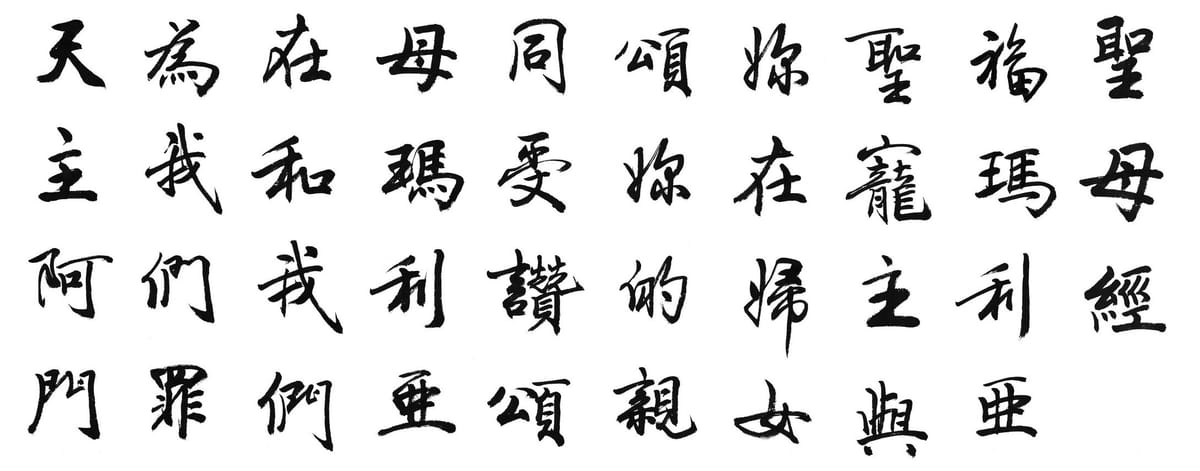Language is one of the oldest and most influential methods used by humans to connect generations through culture, tradition, and identity. Many languages have vanished through time, yet a select few remain and are still spoken, be it in a conversation, religious ritual, or a classroom. These languages provide insight into the civilizations from which they came, as well as provide us with a living connection to the past.
The lyricism of Tamil, the ritualistic chanting of Sanskrit, and the philosophy of the Greeks have, and continue to exert great influence on us, woven into the history of humankind. In this article, we will consider the ten oldest languages that are still spoken alive today, their beginnings, influence, and the ways they continue to stay alive.
Check Out: Which is the Oldest Language in the World?
List of Top 10 Oldest Languages in the World (Still Spoken)
Here is the list of the top 10 oldest languages in the world that are still spoken, along with the country and region of their origin, and their estimated age:
| No. | Language | Country/Region | Estimated Age |
| 1 | Tamil | India, Sri Lanka, Singapore | 5,000+ years |
| 2 | Sanskrit | India | 5,000+ years |
| 3 | Greek | Greece, Cyprus | 3,000+ years |
| 4 | Chinese (Mandarin) | China, Taiwan, Singapore | 3,000+ years |
| 5 | Hebrew | Israel | 3,000+ years |
| 6 | Arabic | Middle East, North Africa | 1,500+ years |
| 7 | Aramaic | Middle East (small communities) | 3,000 years |
| 8 | Persian (Farsi) | Iran, Afghanistan, Tajikistan | 2,500+ years |
| 9 | Latin | Vatican, academic/religious institutions | 2,700 years |
| 10 | Japanese | Japan | 2,000+ years |
1. Tamil
Tamil is widely regarded as the oldest living language in the world, spoken today by millions of people. It has its origins at least 5,000 years ago (some claim over 5,500)! Tamil has a rich literary tradition that includes ancient poems, religious texts, and philosophical writings.
It is one of the official languages of India, Sri Lanka, and Singapore and it is estimated that over 75 million people speak the language worldwide.
2. Sanskrit
Sanskrit is an ancient Indo-European language that is over 5,000 years old. Known often as the "mother of Indian languages" Sanskrit is the liturgical language of Hinduism, Buddhism and Jainism. While it's not used in any spoken sense today, it's still found in many rituals, ceremonies, academic studies and spiritual practices.
Sanskrit has a huge impact on all forms of Indian language, including Hindi, Marathi, and Bengali, to name a few. Many classical texts such as the Vedas, Upanishads, and the Mahabharata and Ramayana were written in Sanskrit.
3. Greek
Greek, one of the earliest attested languages that is still used, dates back over 3,000 years. Ancient Greek is the mother tongue of Western literature, philosophy, science, and politics. Ancient Greek was the language spoken by Homer, Socrates, Plato, and Aristotle.
Though present-day Greek is a restructured, modern form of the language, it still resembles the structure, syntax, and vocabulary of the ancient language. The majority of the approximately 13 million speakers of Greek are in Greece and Cyprus.
4. Chinese (Mandarin)

Chinese, and especially Mandarin, has a written history of about 3000 years. The first Chinese characters were written on oracle bones during the Shang Dynasty (ca. 1250 BCE). While the spoken form of Chinese has changed, the logographic writing system is still strongly linked to its ancient predecessors.
Chinese, also called Mandarin, is the most widely spoken language in the world with more than 1. 1 billion speakers. Mandarin is the official language of China and Taiwan and is broadly used in Chinese communities across the world.
5. Hebrew
Hebrew is a peculiar case among ancient languages because it was nearly extinct as a spoken language and was revived in modernity. Hebrew is over 3,000 years old, and while its original use was primarily religious (and related to scholarship) in Judaism.
Hebrew degraded as a daily spoken language around the 2nd-century CE but continued to be used as a sacred written language. The late 19th and early 20th centuries saw Hebrew revived, and today it is the official language of Israel and is spoken by just over 9 million people.
Conclusion
The oldest languages that are spoken today have endured the rise and fall of empires, acclimated to modern society, and are spoken by millions. Tamil as the poetic language of the world, Hebrew as the sacred language of the world, and Greek as the classical language of the world, these three languages alone embody hundreds, sometimes thousands, of years of history.
Even when languages evolve to fit contemporary circumstances, language remains a significant part of human culture. In our list of the oldest languages still spoken today, we will highlight all languages that have become inflected in their time and space but have withstood the test of time. Whether they are spoken in everyday use, for order in religious activities, or professional academic texts, these languages have lived to represent a story of humanity and culture as long as B.C., when the world was first forming its civilizations.
Comments
All Comments (0)
Join the conversation